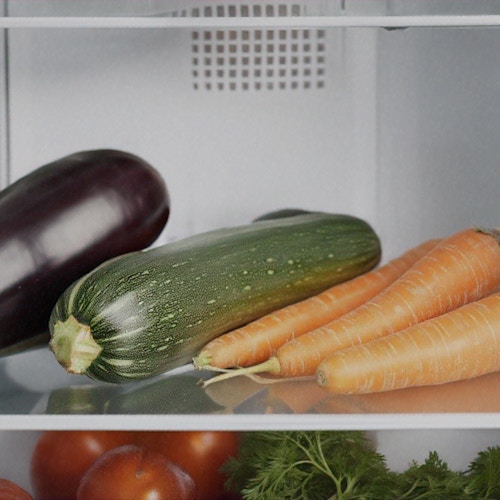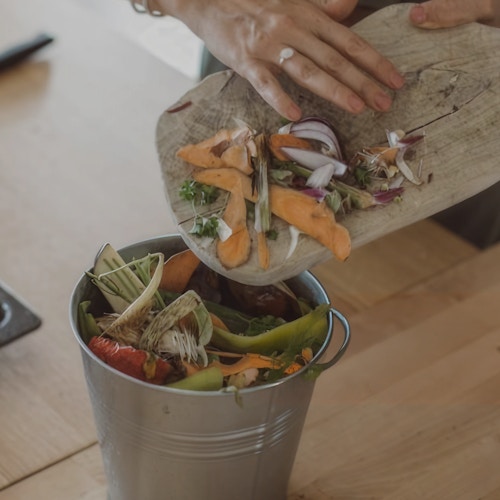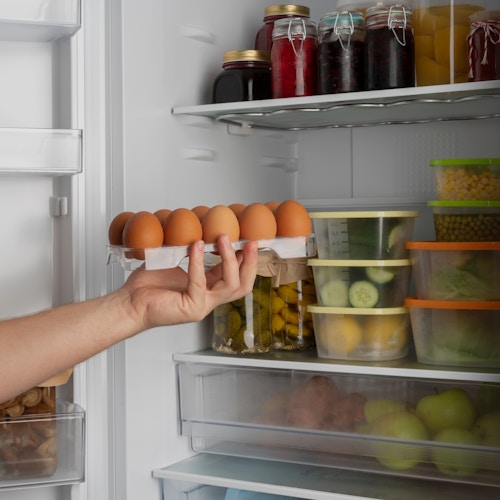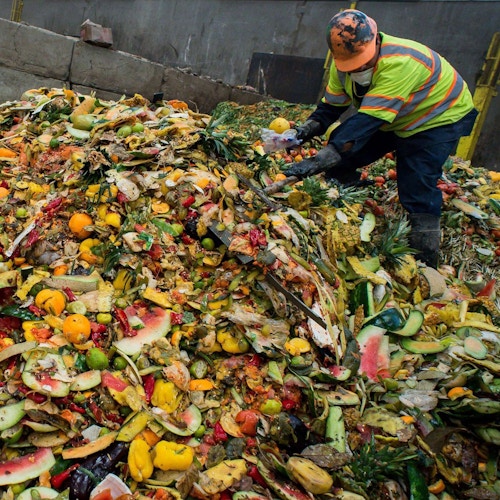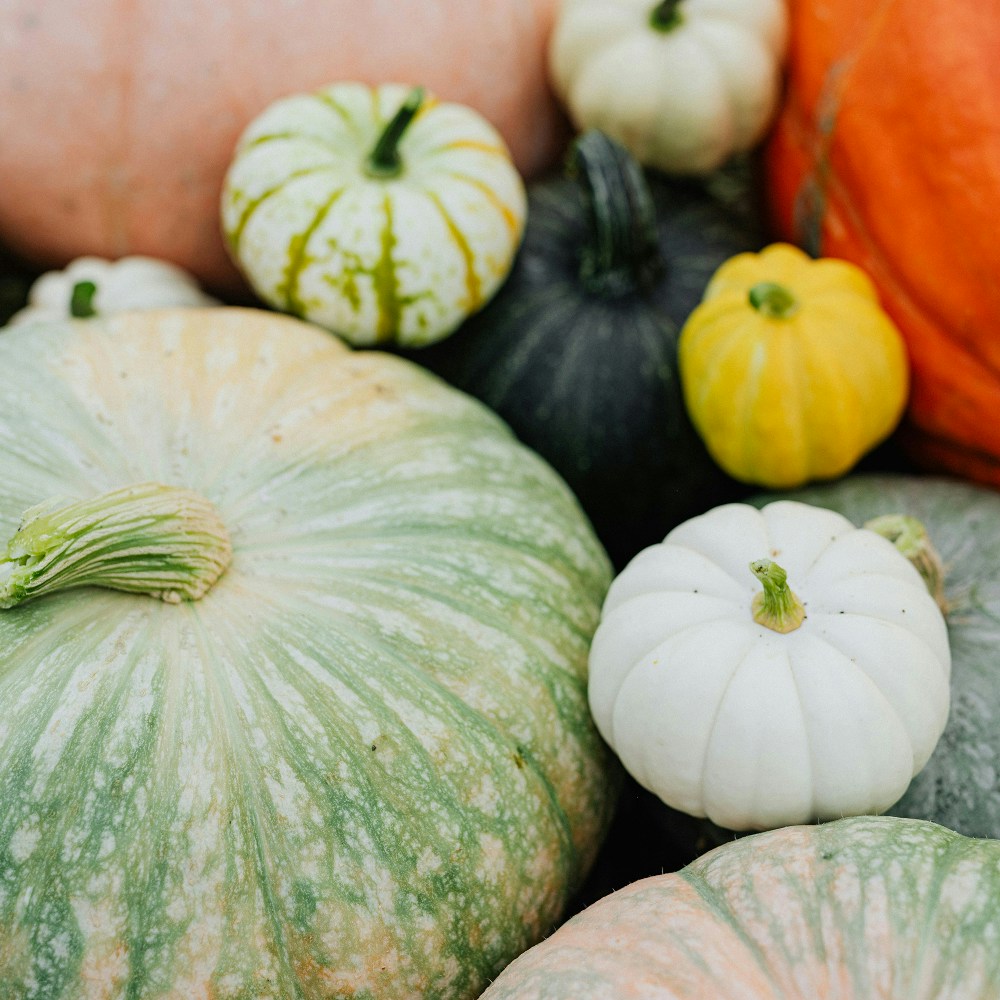
How to store fresh pumpkin: methods, timing, and secrets to make it last for weeks
→
Discover how to store whole, cut, or cooked pumpkin effectively. Learn preservation techniques for the fridge, freezer, and pantry to reduce food waste.
- Why It’s Important to Store Pumpkin Properly
- How to Store a Whole Pumpkin
- How to Store Cut Pumpkin in the Refrigerator
- How to Freeze Pumpkin
- How to Store Cooked Pumpkin
- How Long Does Pumpkin Last: Storage Times
- Common Mistakes to Avoid
- Shelfy: The Perfect Ally to Keep Pumpkin Fresh Longer
Why it’s important to Store Pumpkin properly
After learning:
- Storing zucchini, eggplants, and carrots: tips to keep them fresh longer
- How to store avocados, strawberries, and bananas without browning: top tips to keep them fresh longer
- How to store tomatoes, potatoes, and onions: a complete guide to freshness
now let’s see how to store pumpkin!
Pumpkin is a precious autumn vegetable, rich in vitamins, minerals, and antioxidants. Storing it correctly helps preserve its nutritional value, sweet flavor, and firm texture—while minimizing food waste and kitchen costs.
Proper storage slows down deterioration caused by microorganisms, humidity, and oxidation, allowing you to enjoy pumpkin for weeks or even months. Whether you’ve bought a whole pumpkin from the farmer’s market or just cut a portion for a recipe, there are specific techniques for each situation.
How to store a whole Pumpkin
A whole pumpkin, when stored properly, can last for months without refrigeration. Here are the key steps:
Choose the right place
Store whole pumpkins in a cool, dry, and well-ventilated environment.
The ideal temperature is between 10°C and 15°C (50–59°F), with 50–70% humidity. Perfect locations include:
- A cellar or basement
- A cool pantry away from heat sources
- A garage or unheated storage room
- A cool, little-used room
Before storing, make sure the pumpkin still has its stem attached (essential for long shelf life) and that the skin is intact, with no bruises, cuts, or soft spots. Gently wipe the surface with a dry cloth to remove dirt or soil residues.
Place the pumpkin on a soft surface such as cardboard, wood, or straw—never directly on concrete or cold floors. Ensure pumpkins are not touching each other to allow proper air circulation.
How to store cut Pumpkin in the Refrigerator
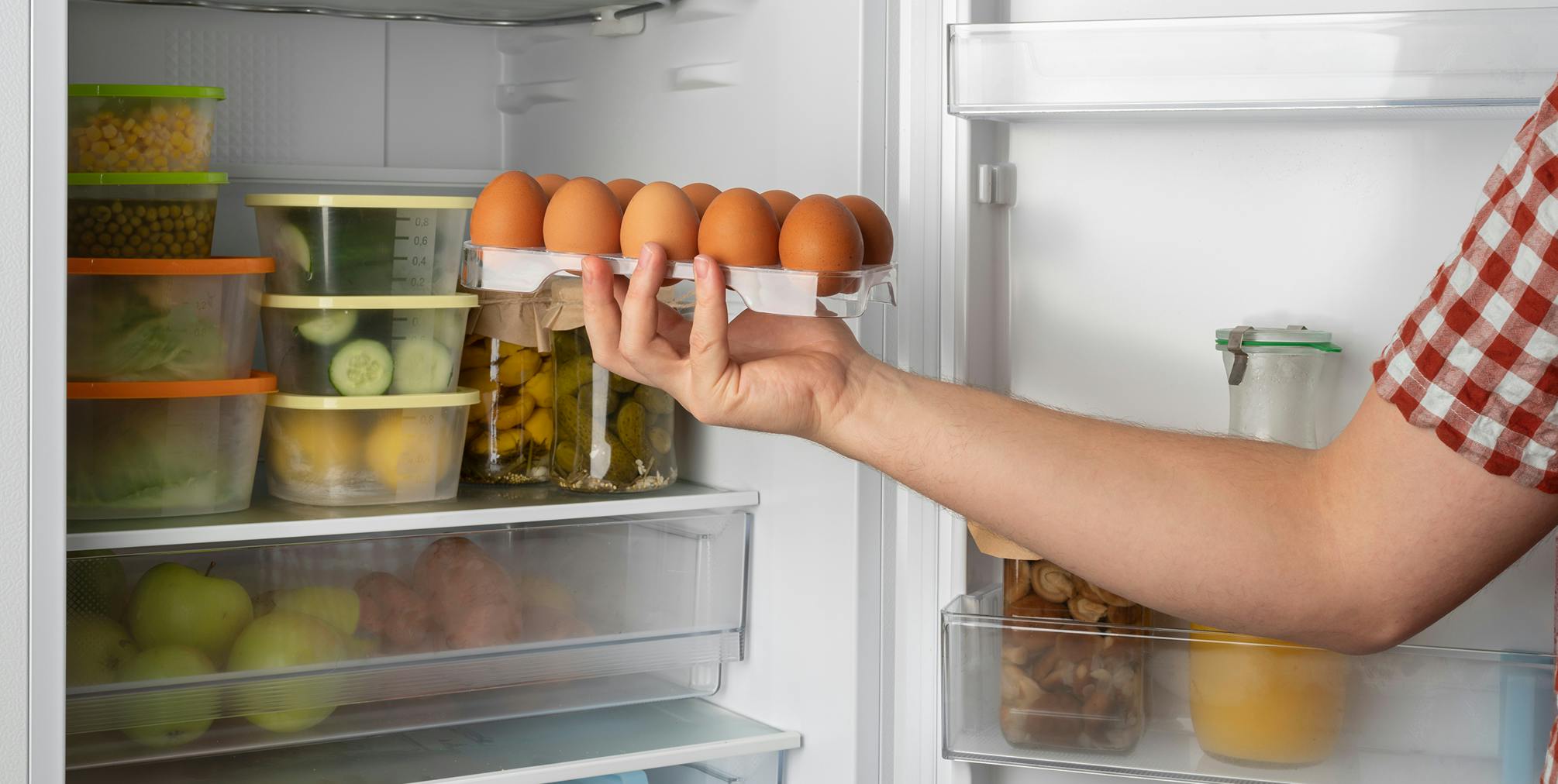
Once cut, pumpkin becomes perishable and must be refrigerated immediately. Follow these steps:
- Remove the seeds: Scoop out the seeds and stringy parts with a spoon. Seeds can be stored separately, roasted, and eaten as a snack.
- Cut into portions: Slice the pumpkin into pieces of the desired size. Smaller pieces take up less space but may spoil slightly faster.
- Do not wash before storing: Excess water encourages mold growth.
Where to place Pumpkin in the fridge
Store cut pumpkin on the bottom shelf of the refrigerator or in the crisper drawer dedicated to vegetables.
This area maintains optimal humidity and a constant temperature between 2°C and 4°C (36–39°F)—ideal for keeping the pumpkin fresh and firm.
Remember: refrigerator temperature isn’t uniform. The upper shelves are warmer, while the lower ones are colder, so placing pumpkin in the right zone makes a big difference in shelf life.
How to Freeze Pumpkin
If you want to extend pumpkin’s shelf life for months, freezing is the best option.
You can freeze it raw (blanched) or cooked:
- Raw (blanched): Cut into cubes, blanch in boiling water for 2–3 minutes, cool quickly in ice water, dry well, and store in freezer bags.
- Cooked: Roast, boil, or steam the pumpkin, then mash or cut it into cubes before freezing.
Label containers with the date and use within 8–10 months for the best flavor and texture.
How to Store Cooked Pumpkin
Cooked pumpkin, whether baked, boiled, or steamed, keeps in the refrigerator for 3–5 days.
- Let it cool completely before refrigerating
- Store in airtight glass containers
- Keep it on the middle shelf of the fridge
- Do not leave at room temperature for more than 2 hours
- Avoid mixing cooked pumpkin with other foods
How long does Pumpkin last: Storage Times
Here’s a summary table of pumpkin storage times:
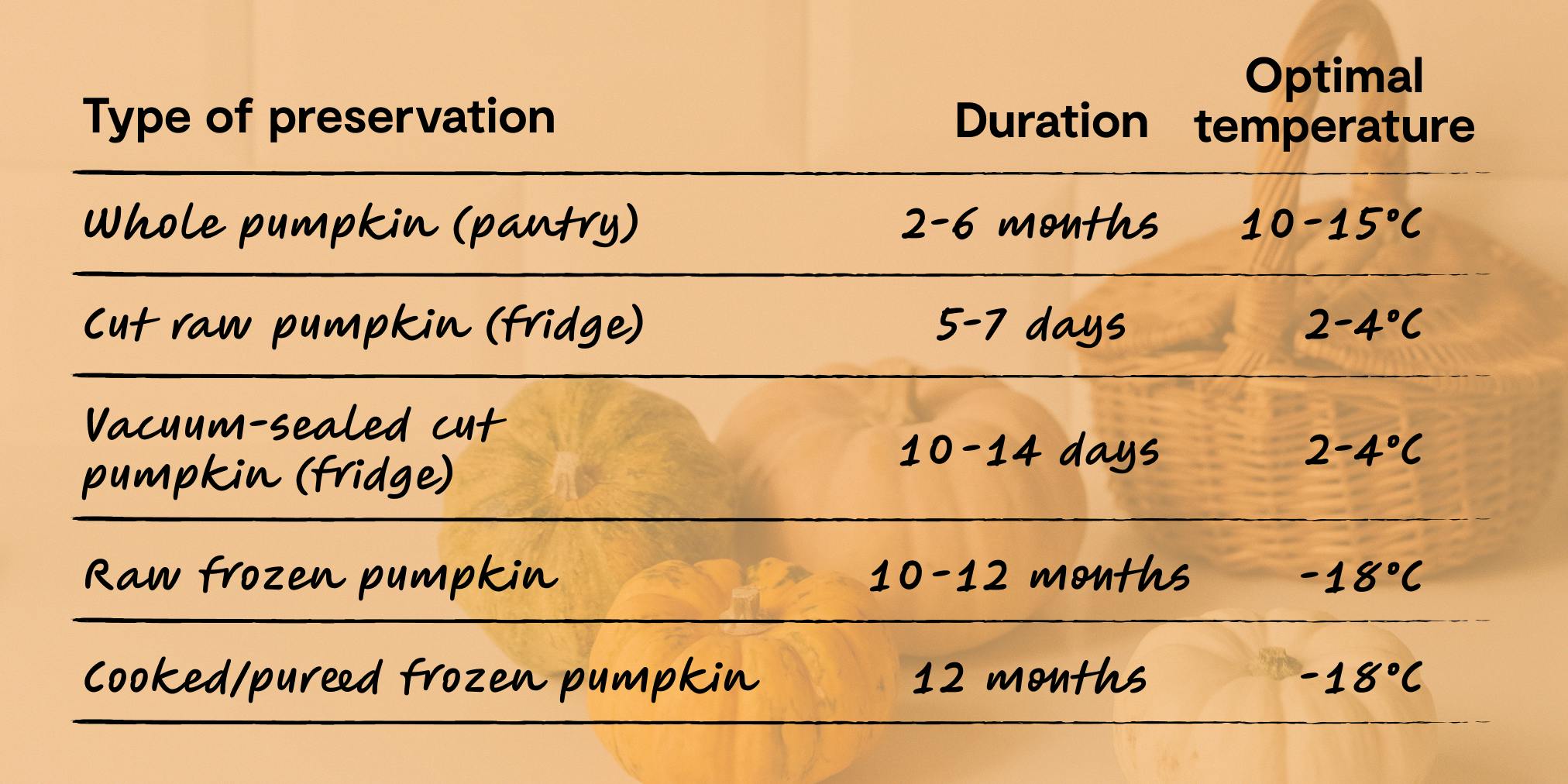
The variety of pumpkin also affects its shelf life:
hard-skinned types such as Butternut or Hokkaido pumpkins last longer than those with thinner skins.
Common mistakes to avoid
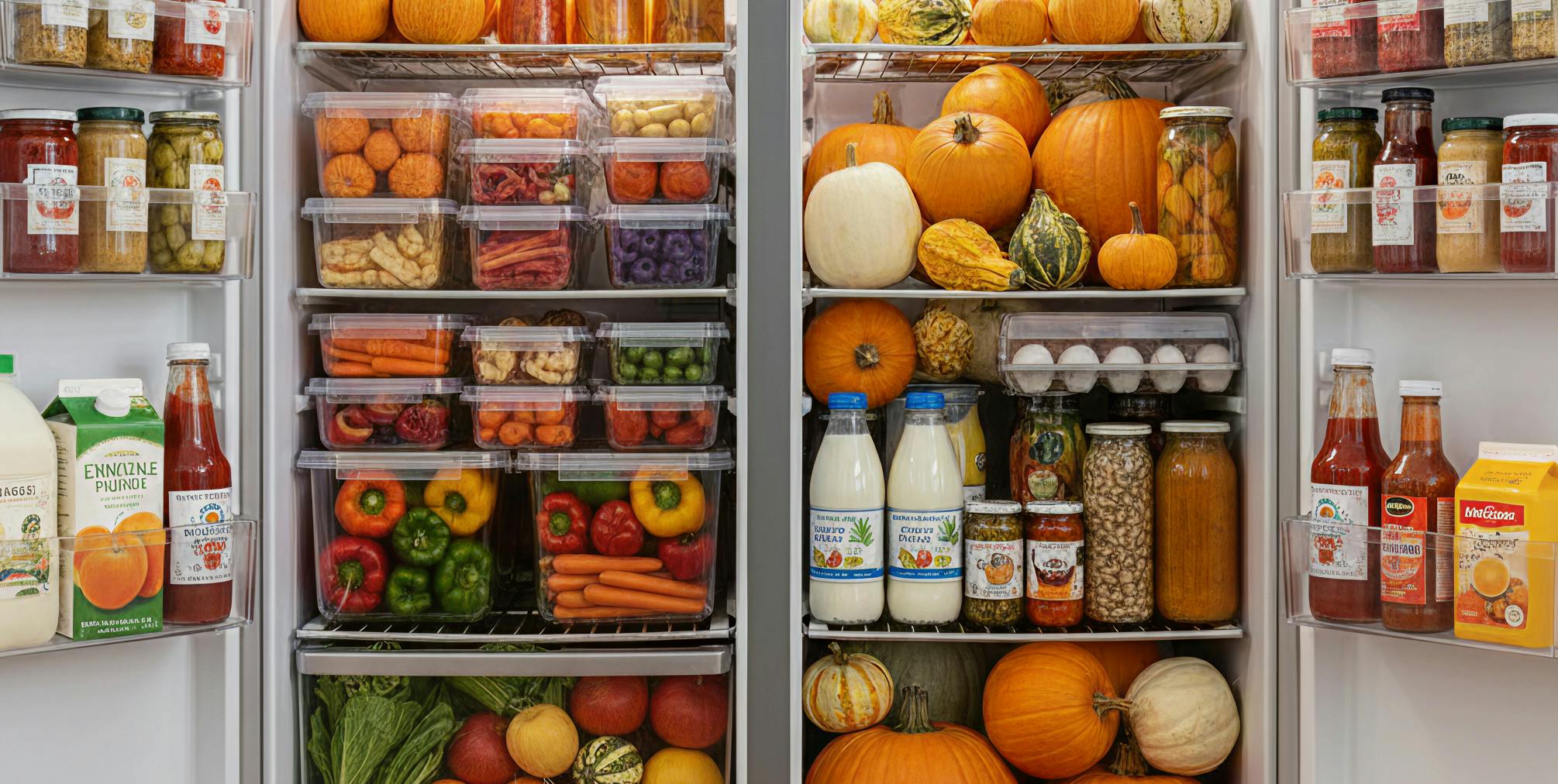
- Storing pumpkin on concrete or damp surfaces
- Washing the pumpkin before storing it
- Keeping it in plastic bags without ventilation
- Exposing it to heat sources or sunlight
- Forgetting to check periodically for soft spots or mold
How to freeze Pumpkin
Freezing is the perfect way to preserve pumpkin for months while keeping its nutritional properties intact.
If the pumpkin is raw:
- Peel it with a sturdy vegetable peeler and cut the flesh into cubes about 2–3 cm (1 inch) in size.
- Transfer the cubes into freezer bags, removing as much air as possible before sealing.
- Label the bags with the freezing date.
If the pumpkin is already cooked:
- Let it cool down to room temperature, then refrigerate.
- You can blend it into a purée or store it in pieces.
- Use airtight containers or freezer bags, dividing the pumpkin into single-use portions for convenience.
Shelfy: the perfect Ally to keep Pumpkin fresh longer
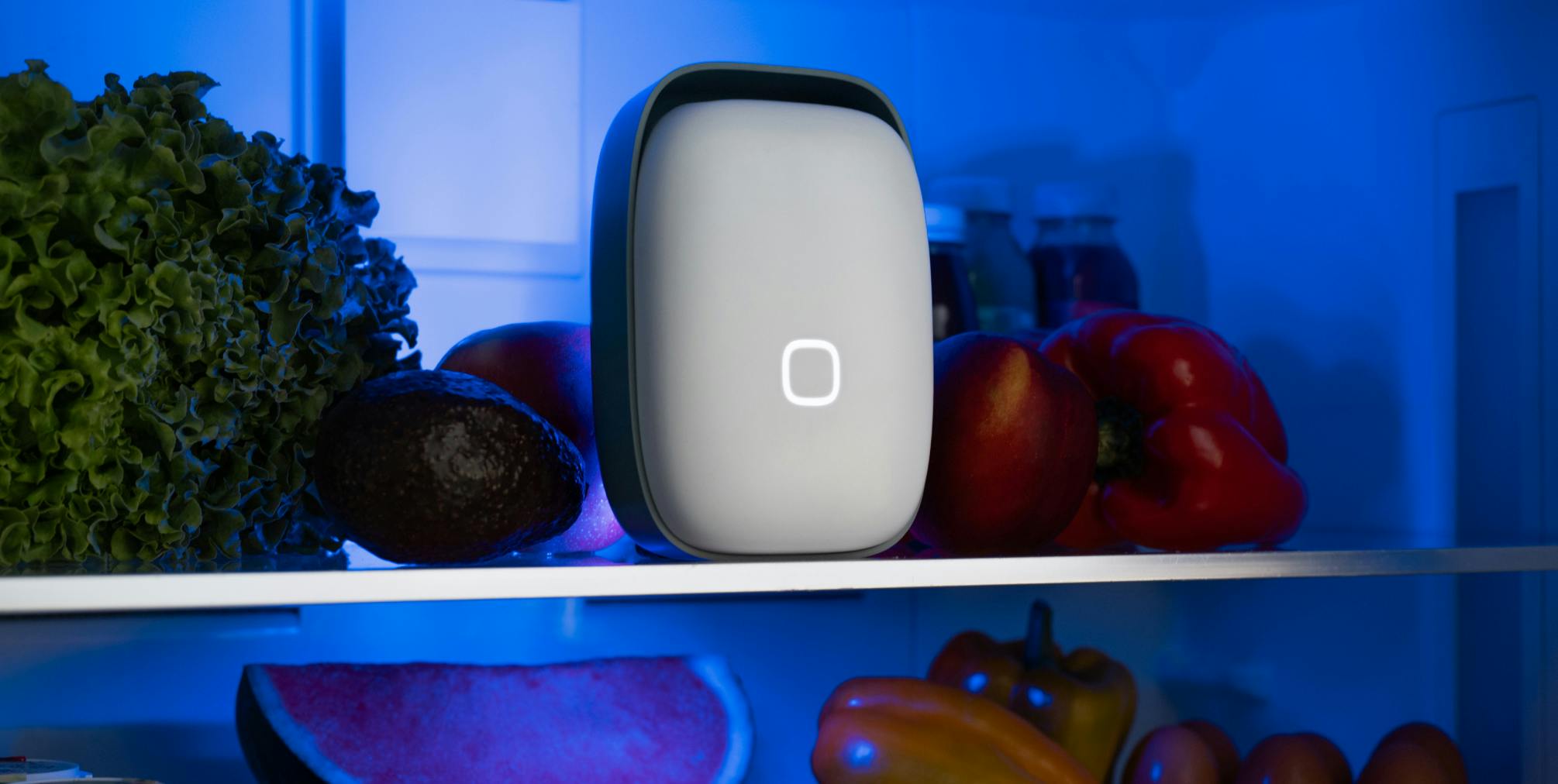
Want your pumpkin (and other fruits and vegetables) to stay fresh even longer?
Shelfy by Vitesy is an innovative fridge purifier that neutralizes ethylene gas, eliminates bacteria and odors, and extends the shelf life of fresh produce naturally.
By maintaining the right conditions inside your fridge, the new version of Shelfy helps reduce food waste and save money, while keeping your pumpkin and other vegetables fresher for days longer.
How Shelfy Helps Keep Your Food Fresher for Longer
Shelfy uses a technology called photocatalysis:
the air inside the refrigerator is directed toward the ceramic filter inside Shelfy, and when it’s hit by the new visible-band blue LED light positioned above it, a reaction is triggered that eliminates pollutants at the molecular level.
Watch this video to learn more about how this innovative technology works!
The benefits of proper Pumpkin Storage
- Ethylene removal: Shelfy eliminates ethylene molecules from the air inside your fridge.
This is especially important if you store pumpkin alongside fruits like apples or pears, which release large amounts of this ripening gas and can cause the pumpkin to spoil more quickly. - Reduction of bacteria and mold: the device significantly reduces the presence of microorganisms in the air, slowing down the decomposition process of cut pumpkin and other foods.
- Odor elimination: pumpkin can easily absorb odors from other foods, such as cheese or onions. Shelfy prevents cross-contamination of smells, keeping the pumpkin’s natural flavor intact.
- Smart monitoring: thanks to built-in temperature and door-opening sensors, Shelfy allows you to monitor your fridge conditions through the Vitesy Hub app.
You’ll receive notifications if the temperature rises too high or if the doors remain open for too long.
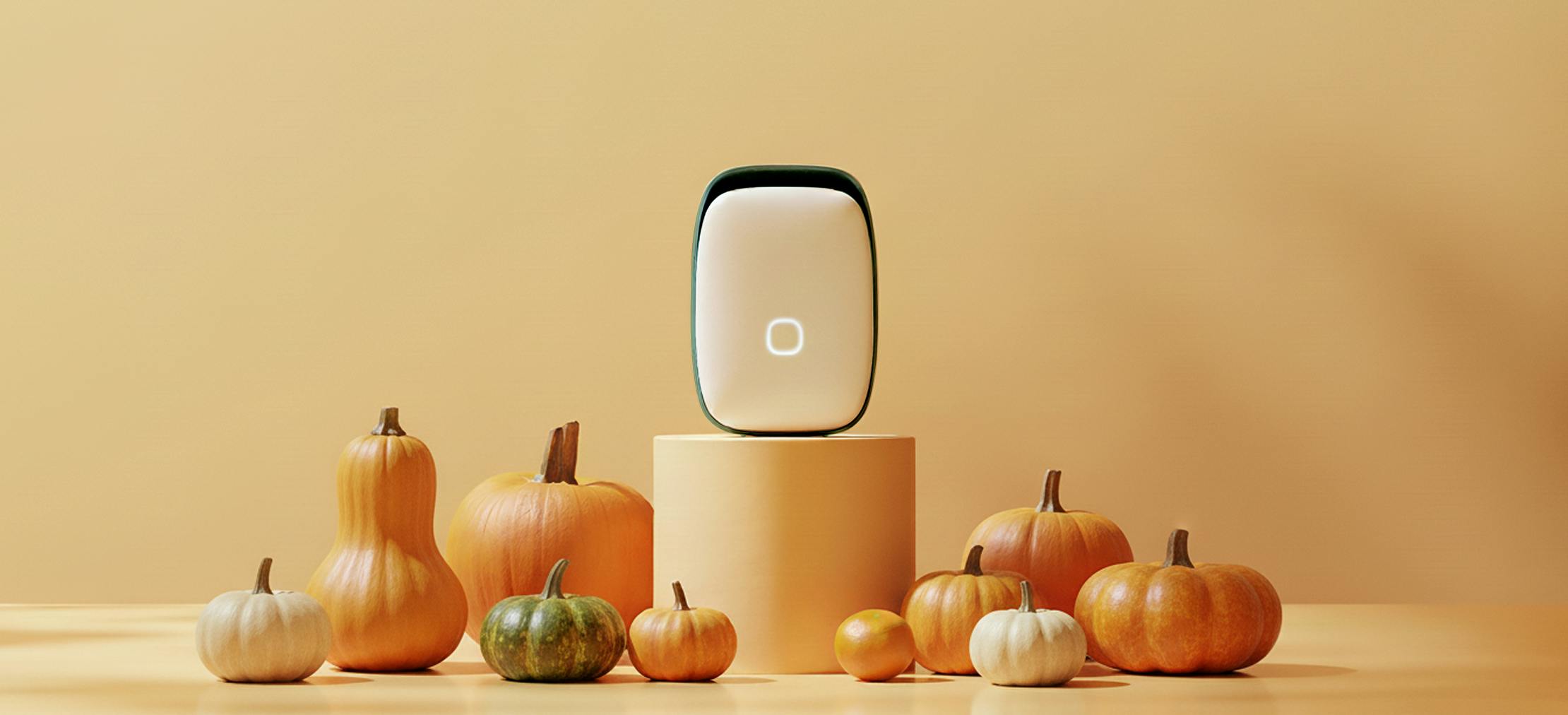
To maximize the shelf life of all your food, consider using Shelfy.
This smart device creates the ideal environment inside your refrigerator by eliminating ethylene, bacteria, mold, and unwanted odors.
With Shelfy and the right storage techniques, you can enjoy fresh, flavorful pumpkin all year round, while reducing waste and saving money.
Start storing your pumpkin the smart way today, and discover the difference a perfectly optimized fridge can make with Shelfy!
